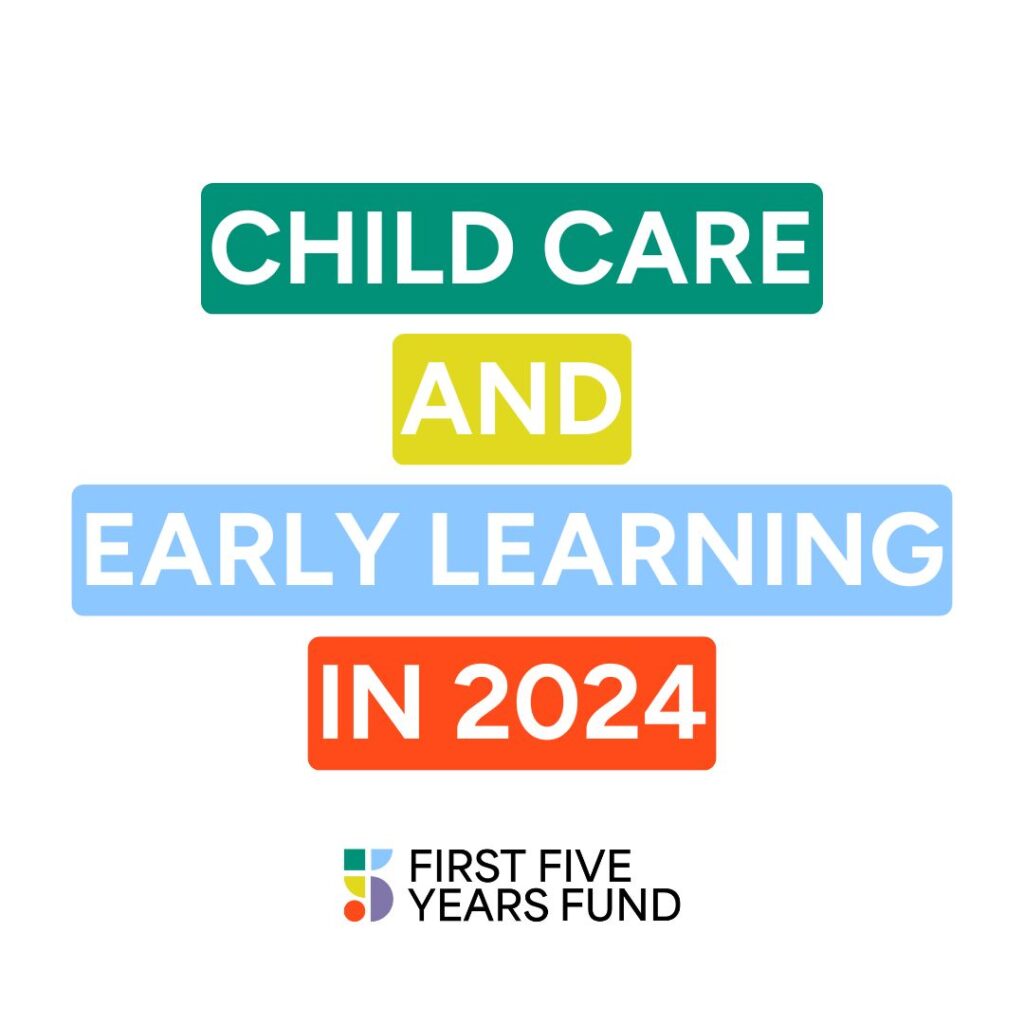ED and HHS Urge States to Make Headway on Mixed Delivery Preschool

Earlier this week, the U.S. Departments of Education (ED) and Health and Human Services (HHS) released a joint Dear Colleague letter urging leaders to work with local education agencies (LEAs) and early childhood partners to serve more children in preschool through a mixed-delivery approach. Mixed-delivery systems offer early learning in a range of settings, including child care centers, public schools, Head Start programs, and family child care (FCC) homes. We commend the Biden administration for bringing attention to this important issue and providing guidance to early education leaders on how to expand access to preschool.
High-quality preschool lays the foundation for success in kindergarten and beyond, but a majority of children do not have access to publicly funded preschool. Absent new funding, the administration is encouraging states and communities to examine how their existing funding sources can be used for this purpose. Numerous federal funding streams can already support preschool, but state and local policymakers may be able to leverage them more effectively for this purpose. The letter discusses how several federal funding streams can support this work:
- Under the purview of HHS: Head Start, Child Care and Development Block Grant (CCDBG), and Preschool Development Grants Birth through Five (PDG B-5)
- Under the purview of ED:
- Within the Every Student Succeeds Act (ESSA): Title I Part A – Improving Basic Programs Operated by LEAs; Title II Part A – Supporting Effective Instruction; Title III Part A – English Language Acquisition, Language Enhancement, and Academic Achievement; and 21st Century Community Learning Centers
- Outside of ESSA: Full-Service Community Schools Program, Promise Neighborhoods Program, IDEA Part B and C
Offering mixed-delivery preschool has numerous benefits. Providing parents with multiple options allows them to choose the program that best meets their family’s needs. As explained in the letter, collaboration and coordination between programs can increase quality across the board. Creating partnerships across programs means more children can benefit from access to comprehensive services, culturally and linguistically responsive environments, early intervention and special education services, and more. To do this well, the letter calls for coordination among numerous actors, including CCDF administrators, school leaders, state education agencies, school districts, Head Start leaders, providers of IDEA services, early education providers, professional organizations, and labor unions.
The goal is for programs to be high-quality across settings and the letter encourages leaders to ensure that children’s needs are met regardless of setting. Importantly, the administration also acknowledges that high-quality programs depend on strong early educators. Despite the crucial role that early educators play, compensation has historically been low and inequitable across settings. Competitive compensation is key to recruiting and retaining quality teachers, and existing funding can be leveraged to provide competitive, equitable wages to providers across settings.
In conjunction with the Dear Colleague letter, ED also released a letter bringing attention to the impact of high-quality preschool on early school success, and announced revised non regulatory guidance on using Title I, Part A of the Elementary and Secondary Education Act of 1965 (ESEA) to expand access to high-quality preschool. When the Elementary and Secondary Education Act was reauthorized as ESSA in 2015, it elevated the importance of early education. This new guidance is intended to complement guidance that ED released back in 2016. The document answers many questions that state and local policymakers may face when determining whether and how to use Title I funds to support preschool.
The guidance explains that Title I funds can serve eligible children from birth to the age at which LEAs provide free public school, however, the focus is usually on preschoolers ages 3-5. Any LEA or school that receives Title I funds may use those funds to operate a preschool program. Title I funds can provide a school-operated preschool program, a district-operated program, or can be used to enhance other early learning programs. The guidance spells out the differences between each of these options and which children are eligible for each type.
It also explains how Title I funds can support professional development, parent engagement, the transition to kindergarten, and coordination with other federal programs. ED also addresses workforce compensation in this document, making clear that “Title I funds may be used to pay for compensation of teachers and paraprofessionals working in a Title I school- or district-operated preschool program, including wages, salaries, and fringe benefits…”.
Despite a large body of research showing the short- and long-term benefits of high-quality preschool, programs remain out of reach for many families. The administration’s efforts to dramatically expand preschool access were largely crushed with the failure of Build Back Better. While the Administration has secured increases in Title I dollars, the program is currently threatened by a FY2024 House Republican appropriations proposal that would cut Title I spending by almost $15 billion or 80 percent, further limiting state’s and communities’ ability to expand access to preschool. Numerous states have expressed a commitment to investing in their early education programs, and these new resources can help them do so effectively.
Subscribe to FFYF First Look
Every morning, FFYF reports on the latest child care & early learning news from across the country. Subscribe and take 5 minutes to know what's happening in early childhood education.



